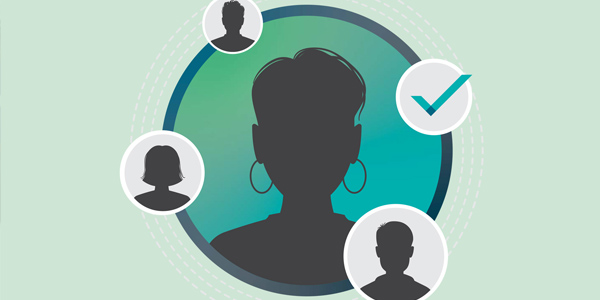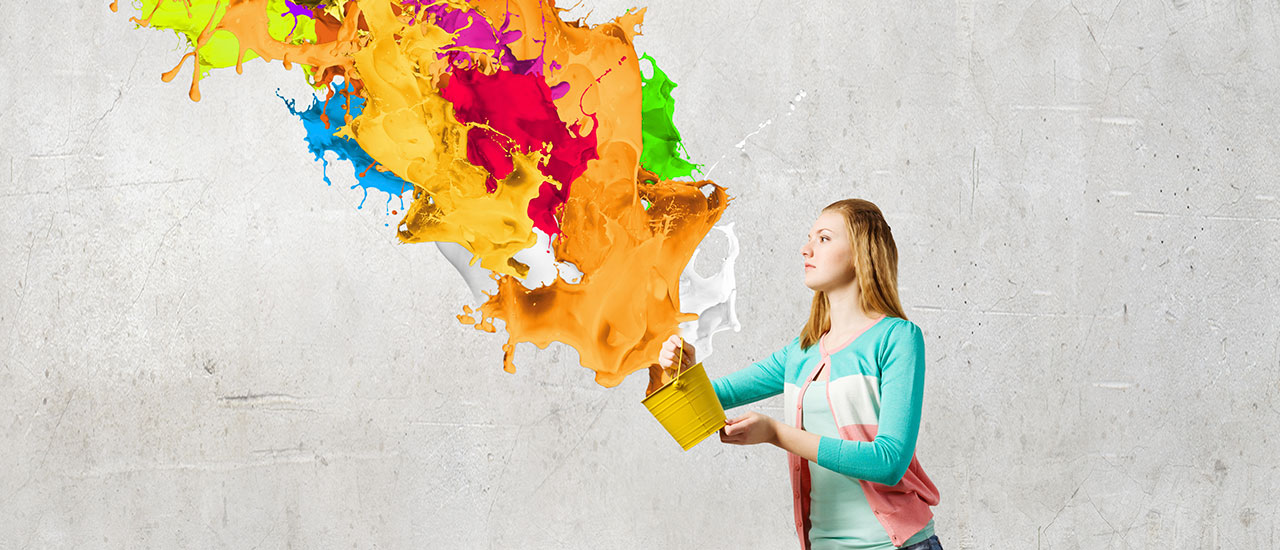So, is the dress white and gold or black and blue? That was the question floating around Twitter last week as bored users debated – and scientists discussed – the color of a single garment many of us would never even try on let alone wear in public.
Before you learning leaders roll your eyes and move on to the newest “Ask a Gen Y” post, read me out. The secret of the dress isn’t the dress itself. It’s acknowledging that color affects us differently – and it can be used to help employees learn more effectively.
However, to acknowledge that blues, blacks, whites and golds influence us means acknowledging that colors actually have an effect on us. It does. There’s a field of study called color psychology, and its findings have value for those designing and delivering learning programs.
In preschool, my favorite color in the crayon box was called “jazz blue.” It was halfway between cerulean and midnight blue, and I wore my one jazz blue crayon down to a nub rebranding Green Lantern – he was better off as Blue Lantern – and turning Cinderella into a Smurf. Then I moved on to turquoise, which is my favorite color to this day.
According to color psychology, this means I preferred crayons that had a greater impact on my mind – Mom always said I was a cerebral child – than on my emotions (yellows), body (red) or balance (green).
But we’re talking more than preference here. Lou Tetlan, founder of the CID Group, a cognitive-based information design firm, leads a team of developers who create learning programs using neurological and psychological principles. One characteristic it considers in its designs: color.
“Color needs to be used in the learning arena with specific cognitive and not decorative purposes in mind,” Tetlan said. She shared the following color-related learning tips:
1: Yellow is the most prominent color humans see. Researchers used to think it was red, but the use of eye-tracking technology shows that sunny hues are the first ones the eye focuses on. Consider making the most important point on a handout or in a presentation yellow to draw the eye there first.
2: Taking notes on yellow notepads rather than white notepads increased learning when in the classroom, but a yellow background on a computer screen – like on virtual notepad applications – is less effective than a blue one.
3: Writing with colored markers on a whiteboard has been shown to increase recall by 25 percent.
4: Don’t fear color coding. “When objects are consistently associated with a color, the brain codes the properties of the object with that color resulting in quick and accurate interactions with the objects, reducing processing time and increasing accuracy of use,” Tetlan said.
5: Using a border or strip of color on an info sheet draws more attention to it and makes it seem more important to the reader. For full effect, these color elements should be vibrant rather than subtle.
6: Color connects to glandular functions, so it can have a physical as well as cognitive effect on people. For example, red triggers the pituitary gland to get the adrenal medulla secreting epinephrine. When the epinephrine hits the blood stream, blood sugar levels increase, as do heartbeat, breathing rate, and blood pressure. Want learners to literally get pumped over something? Print it in red.
The colors of the dress may go unsolved – this blogger’s only seen it as white and gold – but there’s no question the colors of learning impact on those developing new skills.
About the author
Kate Everson is a Chief Learning Officer associate editor.
To learn more and subscribe to Chief Learning Officer Magazine, visit www.clomedia.com.




